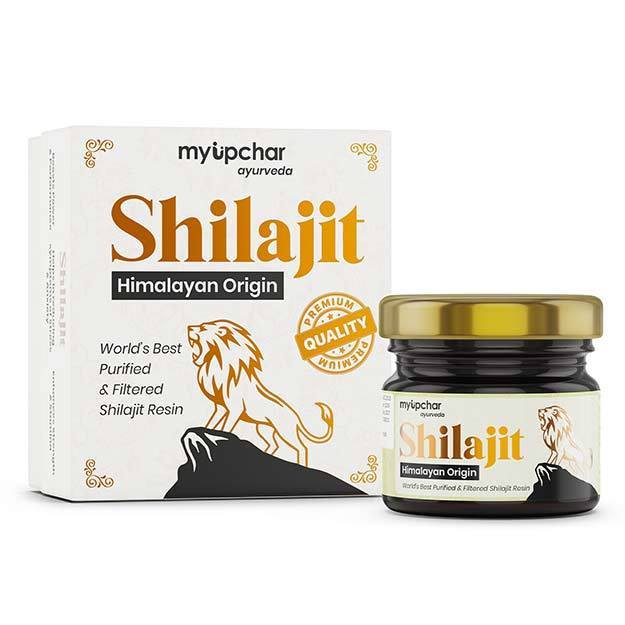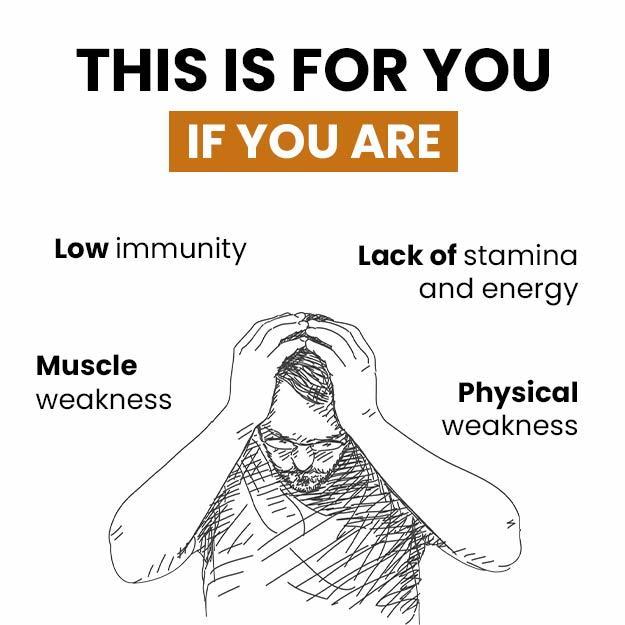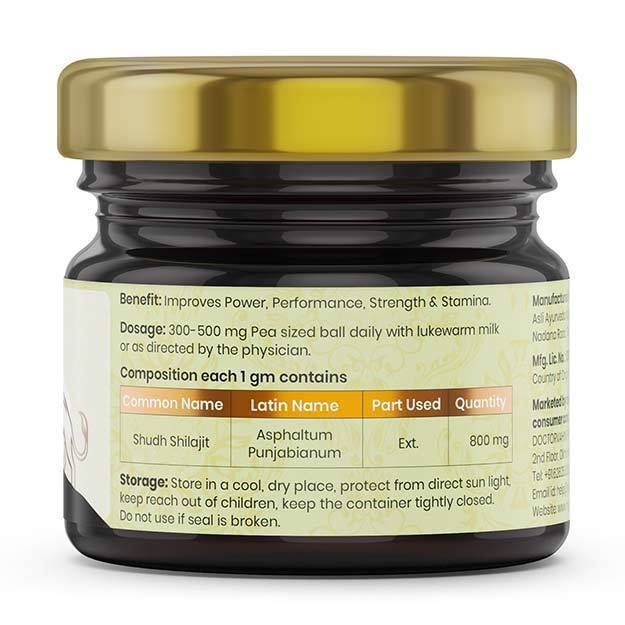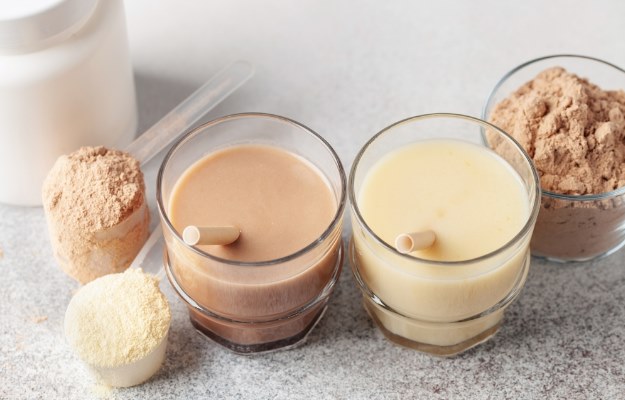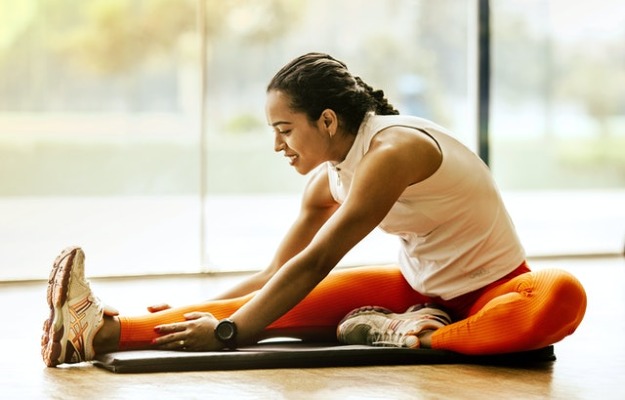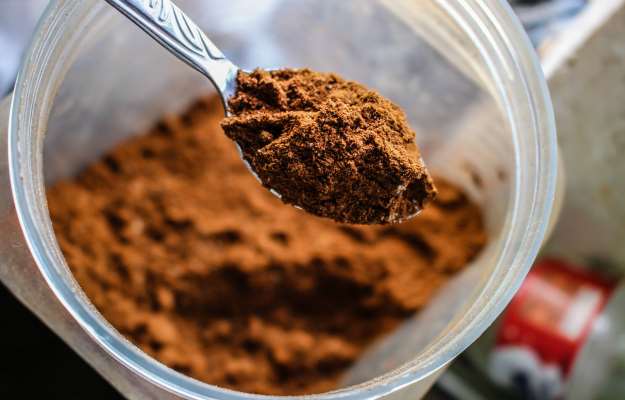Shapely hips and buttocks aren't only meant to make your clothes fit better: the gluteus maximus is the largest muscle in the human body, and with good reason. Lower body exercises are essential for maintaining posture, balance, stability as well as to avoid chronic problems later in life.
For many, lunges are more effective than squats or even deadlifts for that matter. By engaging the hip flexors with every stretch and putting different motions on pressure on either leg at the same time, it tends to tone the legs and glutes in a more effective manner, and has several varieties: walking, forward, reverse, sideways and curtsy lunges. While most have a directional name to them, curtsy lunges are exactly what they sound like: a manner of greeting. Do them long enough and you are promised stronger legs and hips as a result.
The curtsy lunge is a great bodyweight exercise to lose fat from your buttocks, tone and strengthen them. It essentially targets the thighs and glutes, and is a great regimen to add in your workout routine. Other than your hips and thighs, curtsy lunges can help add stability to the body by engaging the core muscles, and can easily be fitted into a lower body workout routine along with squats and deadlifts.
Curtsy lunges are quite effective for the buttocks because of the diagonal movement your legs perform, and the additional benefit of not needing weights adds to its value. We know the health benefits of exercising on a daily basis. The curtsy lunge adds to that.




